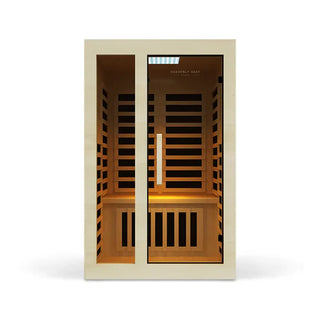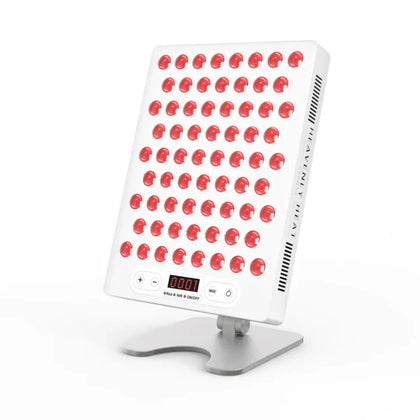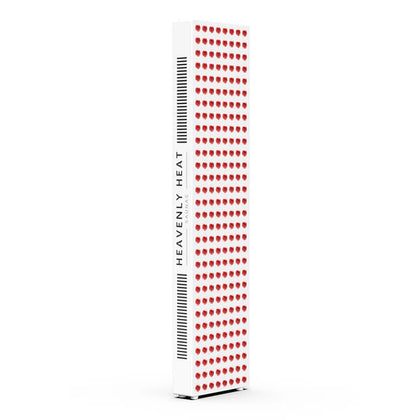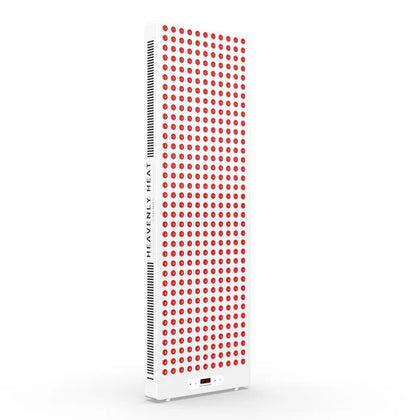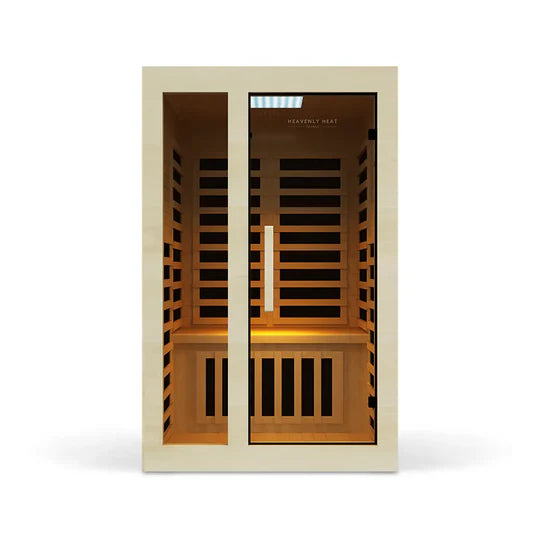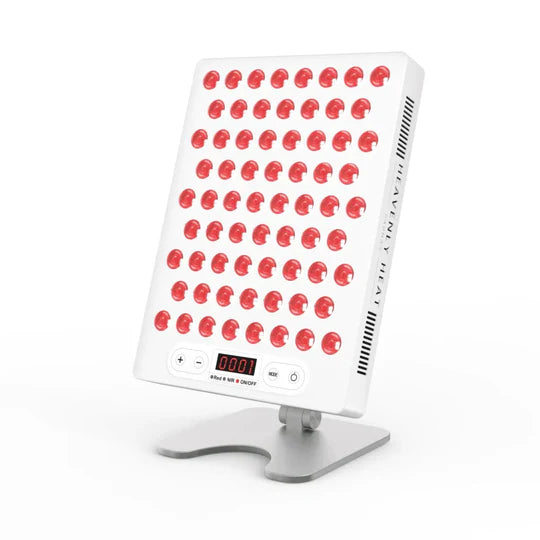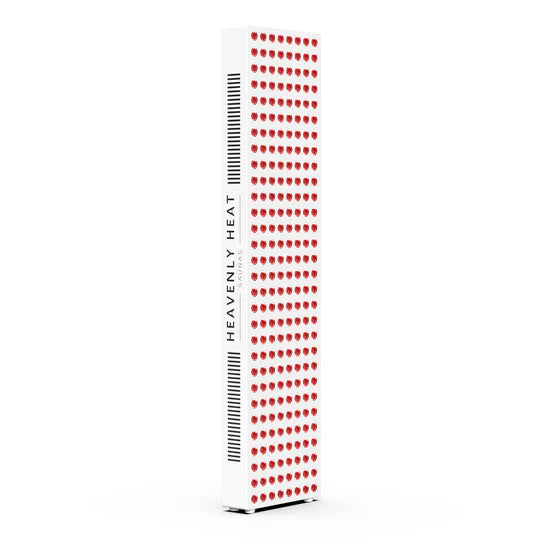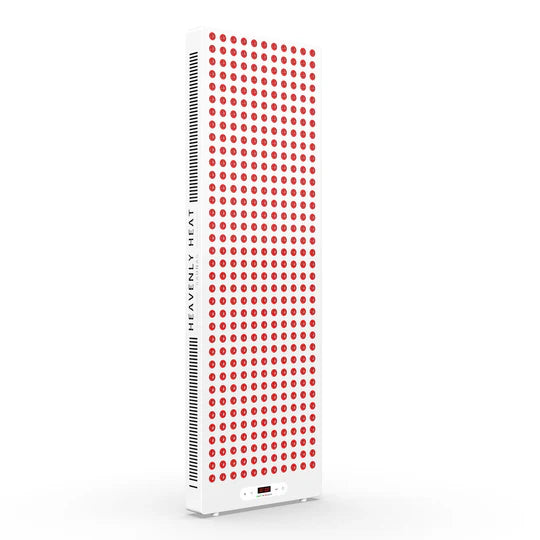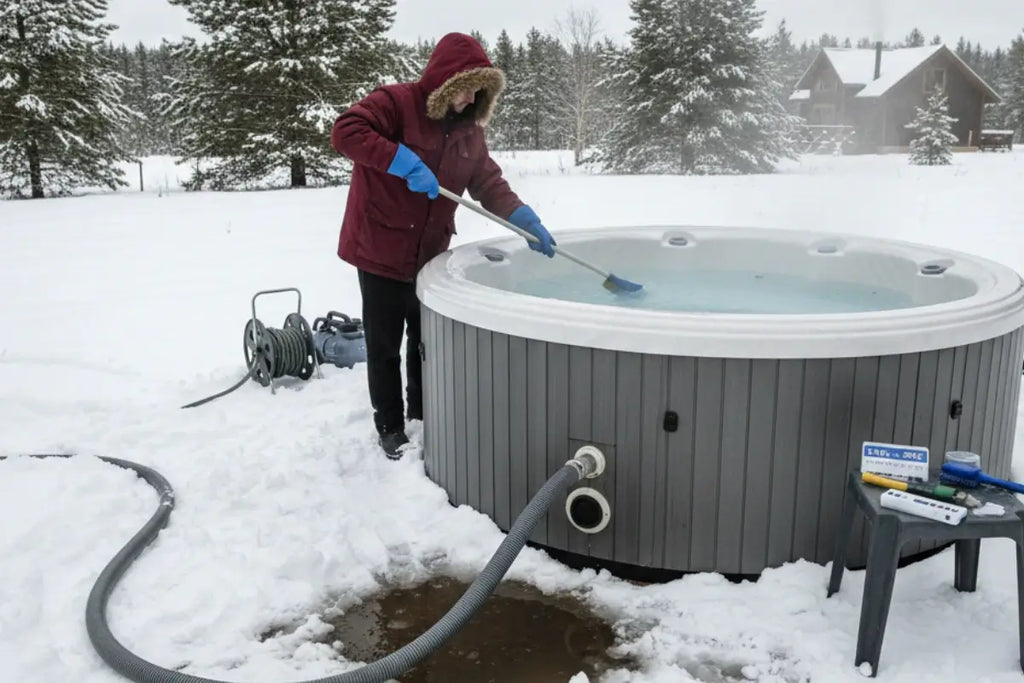10 Smart Tips to Cool Down After Sauna Sessions
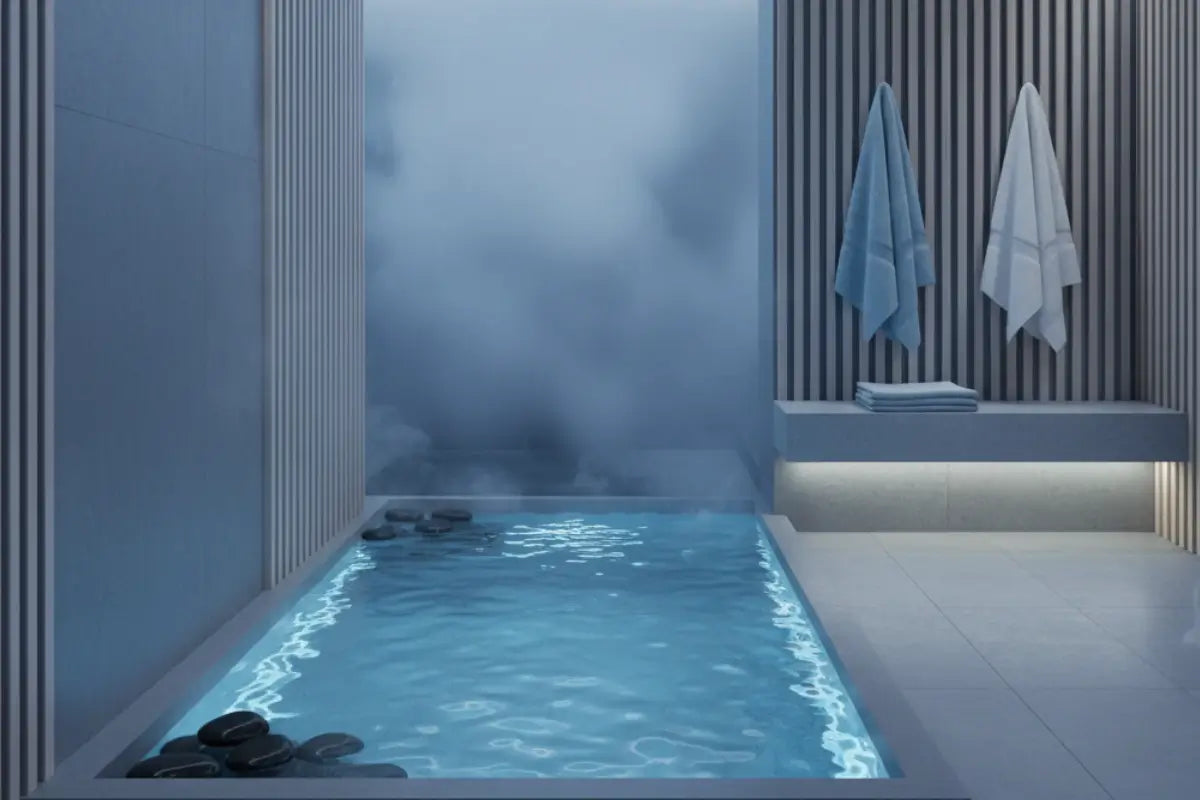
After a hot sauna session, your body craves more than just rest. Cooling down the right way helps you feel refreshed, protects your heart, and speeds up recovery.
From stepping into fresh air to gentle stretches and cold plunges, these smart tips show you how to lower your body heat safely and enjoy every sauna benefit.
Key Takeaways
Step Into Fresh Air: Let cooler, oxygen-rich air naturally lower your body temperature and refresh your mind.
Rehydrate Smartly: Drink cool water or caffeine-free herbal teas to restore fluids and minerals lost in the sauna.
Use Hot-Cold Contrast: Alternate between sauna heat and cold showers or plunges to improve circulation and speed recovery.
Cool Down Slowly: Give your body 15–30 minutes to return to normal, using mindful breathing, gentle movement, or lukewarm showers.
Listen to Your Body: Monitor signs like dizziness, fatigue, or shivering, and adjust your cool-down routine to stay safe and comfortable.
10 Smart Tips to Cool Down After Sauna Sessions
Step Into Fresh Air
Stepping outside after a sauna helps your body cool naturally. Cooler air lowers body heat, stabilizes blood pressure, and reduces dizziness.
Fresh, oxygen-rich air calms the nervous system, stimulates circulation, and improves alertness, leaving you clear-headed and refreshed.
Drink Cool Water or Herbal Tea
After a 15–30 minute sauna session, your body typically loses around half a liter of fluid through sweat, along with essential minerals like sodium.
Rehydrating quickly is crucial to restore fluid balance, prevent dizziness, fatigue, and maintain overall well-being.
While many believe lukewarm fluids are better for rehydration, research tells a different story. Brearley (2017) highlights that cool drinks are not only safe but often preferred and consumed in greater amounts, promoting better hydration and comfort after heat exposure.
Despite minor delays in absorption, chilled fluids help lower core temperature and encourage higher intake, supporting a faster recovery.
Alongside water, herbal teas like peppermint and chamomile offer added benefits. Peppermint tea, for instance, contains menthol, which triggers a cooling sensation and helps relax muscles.
Chamomile, on the other hand, soothes the nervous system and reduces inflammation, ideal after intense heat.
For best results, choose caffeine-free, room temperature herbal teas to rehydrate gently without stressing your body. Avoid sugary or caffeinated drinks, as they can worsen dehydration instead of helping it.

Take a Cold Shower
Jumping into a cold shower after a sauna might feel intense, but it’s one of the smartest ways to help your body recover.
The sudden cold triggers vasoconstriction, sending blood from your skin back to your core. This not only cools you down faster but also boosts circulation, reduces inflammation, and eases muscle soreness.
The sharp contrast between heat and cold acts like a workout for your cardiovascular system, improving heart function and even supporting your immune health.
According to findings in the International Medical Journal of Experimental and Clinical Research, contrast therapy significantly improves blood flow and muscle elasticity while reducing pain.
Studies also show cold exposure post-sauna helps bring down elevated heart rate and blood pressure within minutes, and athletes using cold plunges report faster recovery and less soreness.
Plus, this hot-cold combo may increase white blood cells and reduce sick days by nearly 30%.
Just remember start gradually, listen to your body, and consult a doctor if you have any heart conditions.
Enjoy a Plunge Pool Dip
Taking a cold plunge after a sauna isn’t just refreshing, it’s a tradition deeply rooted in cultures like Finland and Russia, where people often dip into icy lakes or roll in snow after heat sessions. Modern science backs this up.
According to Biology, short-term cold-water immersion can boost mood, making you feel more alert, inspired, and less stressed.
Researchers found this emotional uplift is linked to changes in brain connectivity, especially in areas tied to attention, emotion, and self-regulation.
Studies also show that combining hot and cold therapy, like moving from a sauna to a cold plunge, improves circulation by creating a pumping effect in your blood vessels, which may aid recovery and reduce inflammation.
In addition, cold exposure triggers a surge in neurotransmitters like dopamine and norepinephrine, enhancing focus and emotional resilience.
This practice, while ancient, supports both mind and body, offering a natural way to feel recharged and centered after heat therapy.
Alternate Hot and Cold for Contrast Therapy
Alternating between hot and cold exposure, known as contrast therapy, is a powerful way to boost recovery after a sauna session.
Heat from the sauna increases blood flow and relaxes muscles, while a cold plunge constricts blood vessels and reduces inflammation.
When combined, this creates a natural “pumping” effect that improves circulation, speeds up recovery, and reduces muscle soreness.
Scientific studies show that contrast therapy can be more effective than rest or hot water alone, helping improve muscle function, reduce swelling, and flush out waste like lactic acid.
It also supports your body’s stress response, lowering cortisol, while boosting feel-good hormones like dopamine and endorphins.
A common cycle includes 3–4 minutes in heat followed by 1 minute in cold, repeated several times and ending with cold.
Beginners should start slow and increase gradually. Consistency is key, regular sessions can build resilience, enhance performance, and leave you feeling refreshed, not drained.
Just be sure to listen to your body and consult a professional if you have any health concerns.
Cool Down Slowly and Mindfully
After a sauna session, giving your body 15–30 minutes to cool down is essential, not just for comfort, but for your health.
Experts, including Dr. Susanna Søberg, highlight that this slow transition helps prevent dizziness and supports your cardiovascular system by allowing heart rate and blood pressure to return to normal gradually.
Unlike a cold plunge, which can spike blood pressure and cause strain, a calm cool-down, such as walking in fresh air or taking a lukewarm shower, helps maintain the sauna's benefits.
Your core temperature drops gently, reducing the risk of blood pooling and lightheadedness. Adding mindful breathing or gentle stretching during this time further enhances recovery by calming the nervous system, boosting flexibility, and improving mood.
Dr. Søberg also points out that just 15–20 minutes in the sauna can lead to losing over 22 ounces of fluid, making proper hydration crucial for muscle recovery and mental clarity.
By cooling down slowly and mindfully, you protect your heart, extend the sauna’s therapeutic effects, and step back into your day feeling truly refreshed.
Stretch Your Muscles Gently
Stretch for 5–10 minutes after a sauna, using slow, controlled movements. Start gently as your body cools.
Use static stretches to relax muscles and gentle dynamic movements to improve circulation. This helps reduce soreness and stiffness.

Use Cooling Towels or Ice Packs
Wet cooling towels provide quick relief after a sauna when placed on the neck, shoulders, or forehead. Ice packs also help but should not touch bare skin.
Use cooling items immediately after leaving the sauna, alternating with air cooling for comfort, to reduce heat stress and aid safe recovery.
Rest in a Quiet, Shaded Spot
Resting after a sauna helps your body regulate temperature and recover. Find a shaded spot to cool down, lower your heart rate, and prevent dizziness. Pause, breathe deeply, and let your muscles relax before resuming activity.
Pay Attention to How Your Body Feels
After a sauna, watch for signs of overheating: dizziness, excessive heat, unusual fatigue, dry mouth, dark urine, or lightheadedness.
Monitor your heart rate and how your body is cooling down. Shivering can be normal, but persistent discomfort is a warning. Recognizing these signals helps you respond quickly and stay safe.
Why Cooling Down After a Sauna Is Essential?
After a sauna, your heart beats faster to regulate body temperature. Gradually cooling down prevents dizziness, reduces cardiovascular stress, and lowers the risk of dehydration by restoring electrolyte balance. Cooling off helps keep your heart steady and leaves you feeling refreshed.
How Long Should You Cool Down After a Sauna Session?
Cooling down after a sauna is just as important as the session itself, and how you do it can significantly impact your health.
As your core temperature can rise to around 39–40 °C during a sauna, your body needs time to return to balance.
Experts recommend a gradual cool-down in stages: first, relax in fresh air for 5–15 minutes, allowing sweat to naturally evaporate.
Then, use cool water, like a gentle shower or cold plunge, starting from your feet and arms to avoid shocking your system.
According to Complementary Therapies in Medicine, this recovery phase helps stabilize heart rate and improves heart rate variability, signaling a shift to parasympathetic (rest and relax) mode.
Ideally, give yourself 15–30 minutes total to rehydrate, rest, and let your cardiovascular system return to normal.
Rushing this process can lead to dizziness or even blood pressure spikes, especially if you have existing heart conditions.
Done properly, the cool-down enhances circulation, reduces muscle tension, and completes the full health-boosting cycle of sauna bathing.




